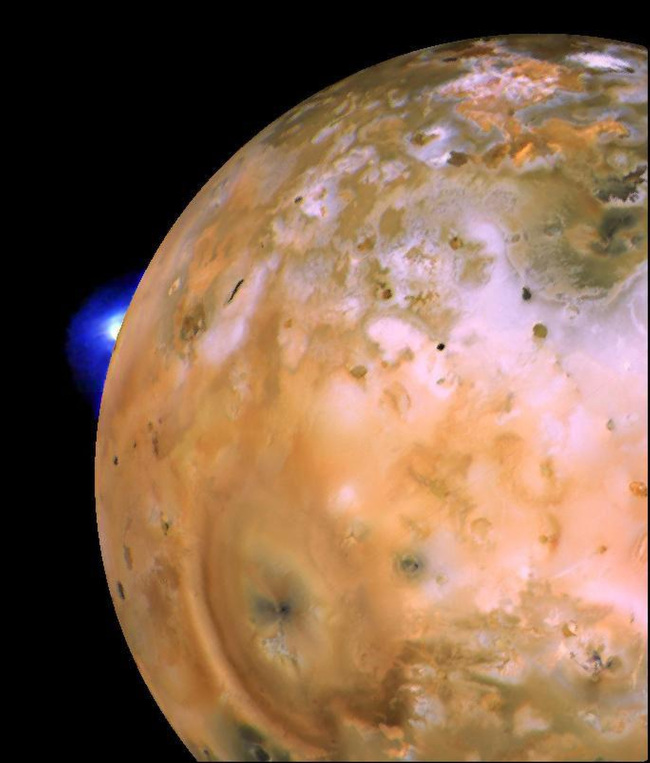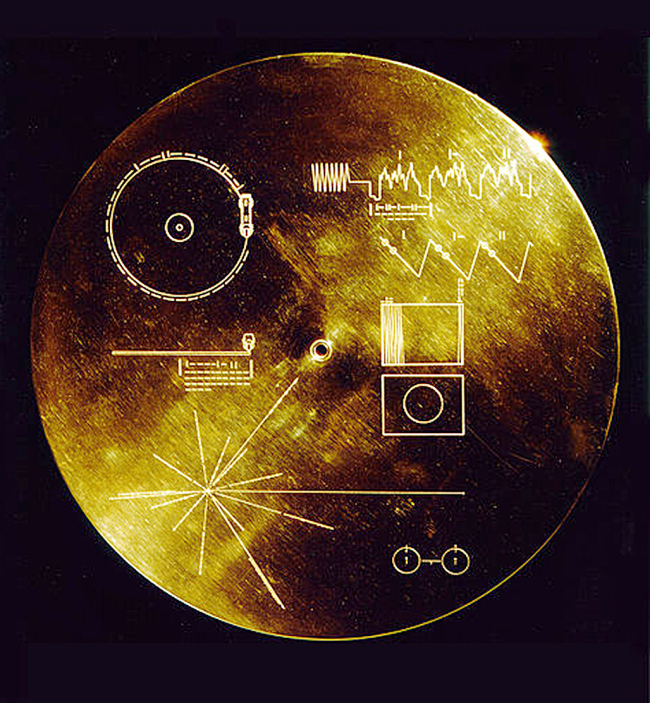NASA's Voyager I space probe, launched 35 years ago, is about to leave the solar system and enter interstellar space, scientists say.
The spacecraft has detected two changes in the surrounding expanse of empty space around it, exactly as scientist expected it to, before it enters interstellar space, The Register Web site reported Wednesday.
 |
This artists rendering provided by NASA shows This image shows the Voyager spacecraft barreling away from the sun. (AP-Yonhap News) |
<관련 한글 기사>
태양계 밖으로 외계별 향해 간다!
미 항공우주국 (NASA)의 우주선 보이저 1호가 인공 물체로는 최초로 태양계를 떠나 새로운 우주영역에 진입할 예정이다.
UPI통신 등 외신은 최근 보이저 1호는 6월 1일부터 태양계 밖에서 날아오는 은하우주선 (galactic cosmic ray)가 증가하는 것과, 태양계에서 흘러나오는 낮은 에너지 분자가 줄어드는 것을 감지했다고 보도했다.
 |
This image provided by NASA shows an image taken by the Voyager 1 spacecraft showing a volcanic plume on the Jupiter moon Io. (AP-Yonhap News) |
과학자들에 따르면 이 현상들은 우주선이 태양풍이 영향을 미치는 범위인 태양권 (heliosphere)에서 벗어났으며 항성간 공간에 근접했다는 것을 암시한다고 한다.
나사의 과학자들은 보이저가 태양계를 벗어났다는 것을 보여줄 마지막 세 번째 현상을 기다리고 있는데, 이는 우주선을 둘러싸고 있는 자기장이 동-서 방향에서 북-남 방향으로 바뀌는 것이다.
나사에 따르면 보이저1호는 태양을 기준으로 180억km 떨어진 곳에 위치해 있으며, 늦어도 수 년안에 새로운 우주공간에 진입하게 될 것이라고 전했다.
지난 1977년 9월에 발사된 보이저 1호, 그리고 한달 전에 발사된 보이저 2호의 원래 임무는 목성과 토성을 연구하는 것이었으나 이 우주선들은 임무가 끝난 다음에도 여정을 계속하며 지구를 향해 자료를 보내왔다.
한편 보이저 1호에는 외계인을 만날 것을 대비해 인류와 지구에 대한 메시지, 기록 등이 담겨 있으며, 플루토늄 연료가 바닥나는 2025년쯤 영원히 우주 속으로 사라질 예정이다.
 |
A file photo released by the NASA in 1970 shows the golden record sent aboard NASA`s Voyager 1, launched on September 5, 1977, with a cartridge and a needle to play it. It comprises 115 images of Earth, a variety of sounds and snatches of music and spoken greetings from Earthlings in 55 languages. (AFP-Yonhap News) |

![[Herald Interview] 'Korea, don't repeat Hong Kong's mistakes on foreign caregivers'](http://res.heraldm.com/phpwas/restmb_idxmake.php?idx=644&simg=/content/image/2024/11/13/20241113050481_0.jpg)

![[KH Explains] Why Yoon golfing is so controversial](http://res.heraldm.com/phpwas/restmb_idxmake.php?idx=644&simg=/content/image/2024/11/13/20241113050608_0.jpg)



